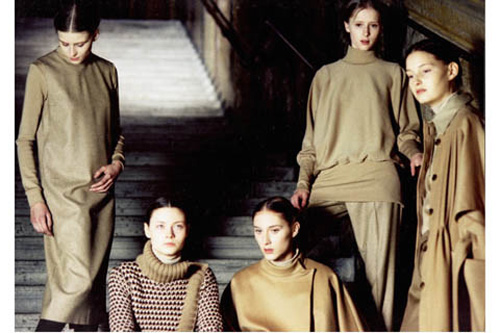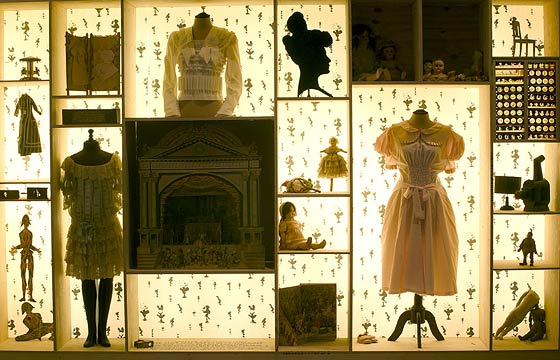Yves Saint Laurent Retrospective
/Original sketch for the Wedding Dress from the collection sketchbook; Fall-Winter 1988; Graphite on paper, gazar sample; Fondation Pierre Bergé - Yves Saint Laurent; Photo Fondation Pierre Bergé - Yves Saint Laurent
***Update: Yves Saint Laurent died Sunday, 1 June 2008. His obituary is here.***
The opening of this retrospective exhibition at the Montreal Museum of Fine Arts has flown surprisingly under the radar for being so close to New York City. Curated by the French costume historian Florence Müller, the emphasis is on the dialogue between Yves Saint Laurent and art, both in terms of considering his garments as actual art objects and in recognition of his inspirations found in art. The display is broken into four themes: sketches, gender-bending, color usage and lyricism. The exhibition includes over 160 looks spanning his entire career culled from over 5000 ensembles and 15000 objects belonging to the Fondation Pierre Bergé – Yves Saint Laurent.
The museum’s website, while lacking a bit in object photographs, does have a few video clips along with brief biographical notes on his life.
Montreal Museum of Fine Arts The exhibition runs from May 29 to September 28, 2008, before moving on the Fine Arts Museum of San Francisco.












